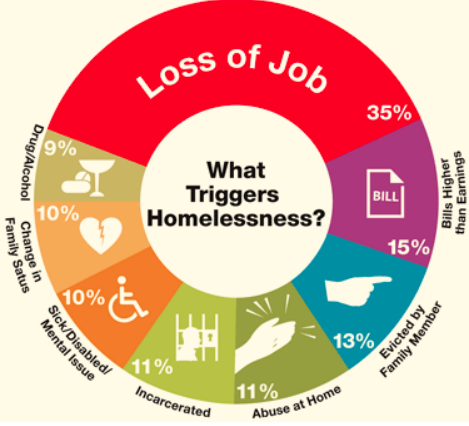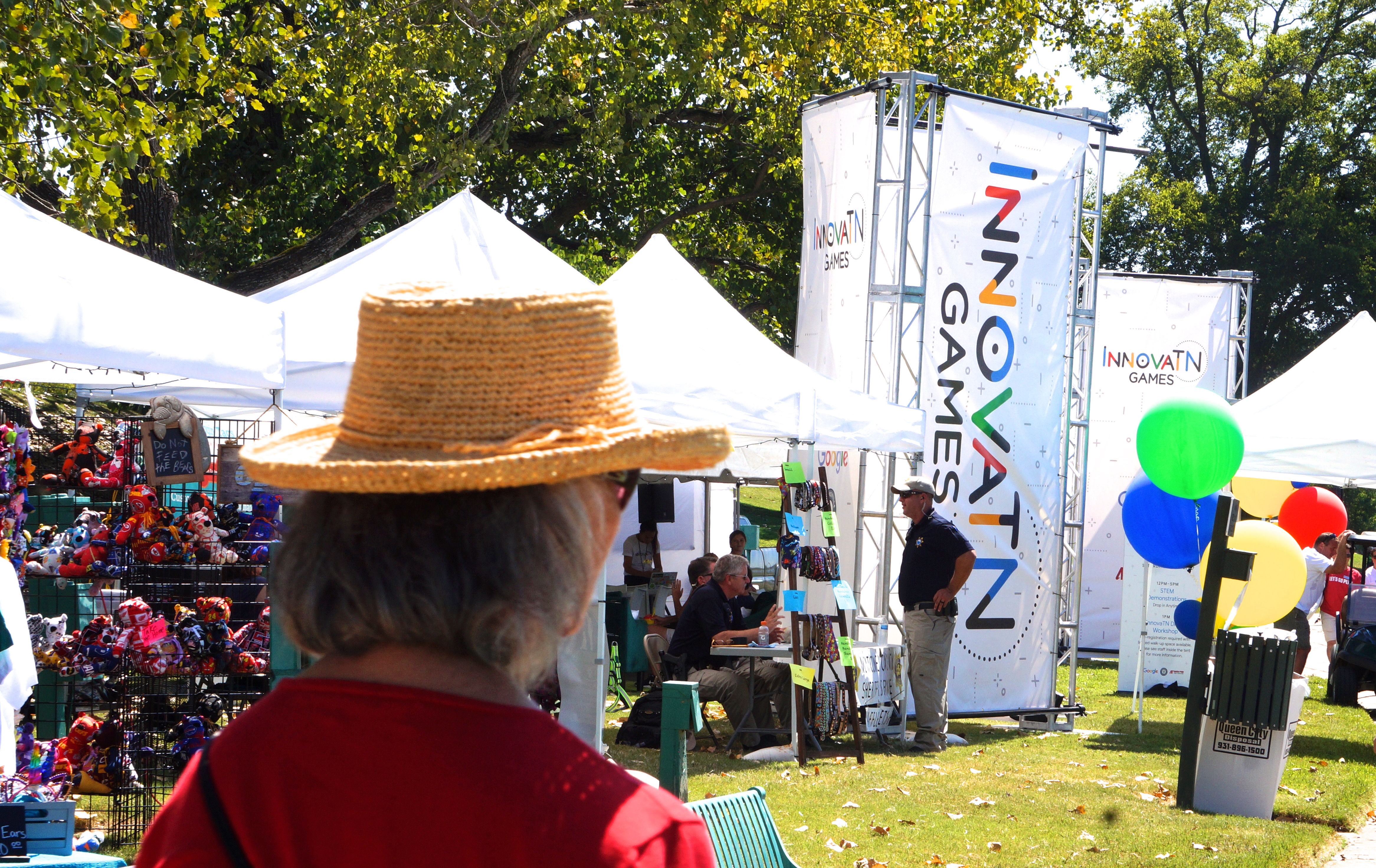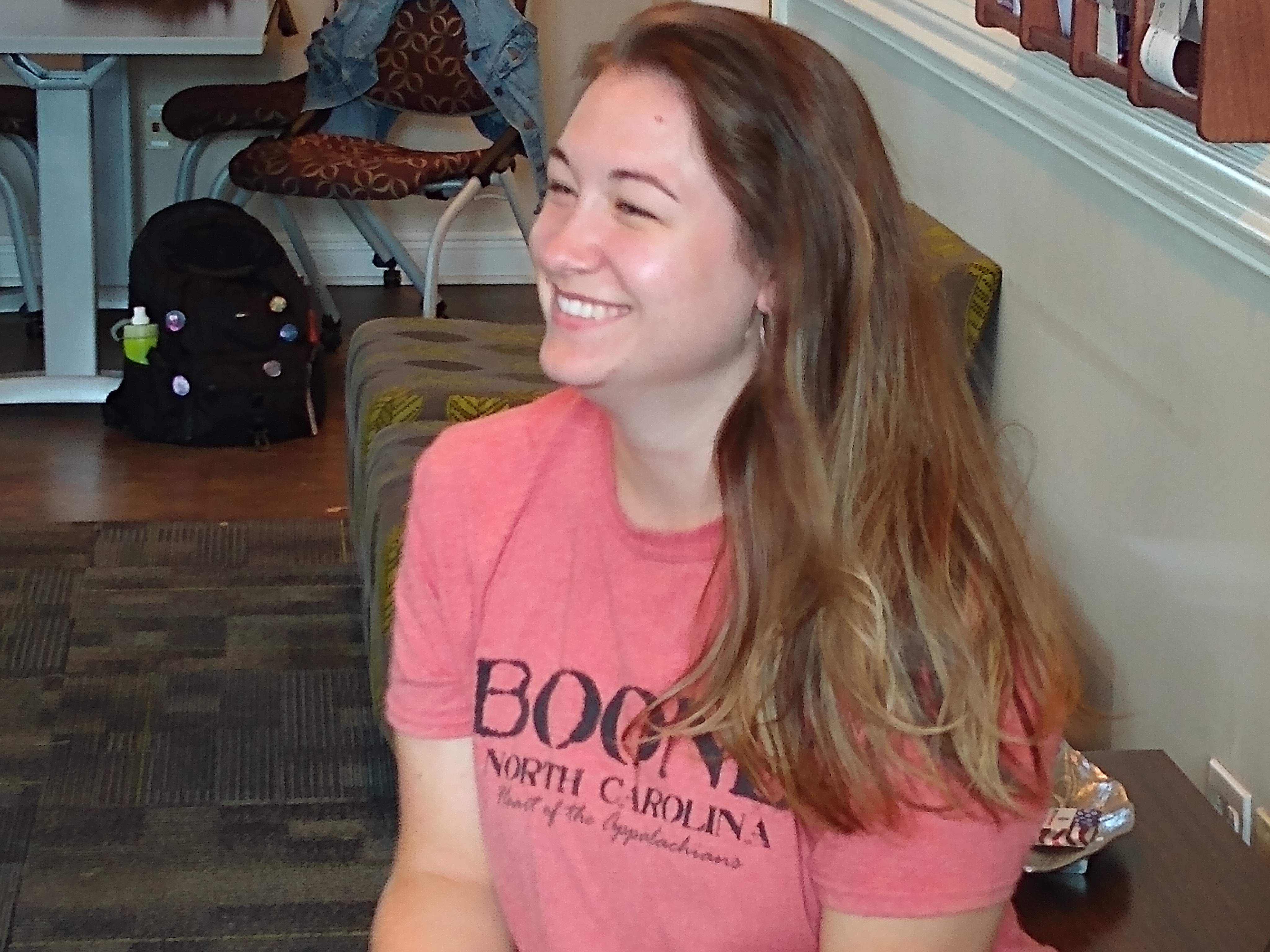This article is the first in a series to explore the challenging economic realities faced by our college community and report on local efforts to address the stress and harm done by poverty, hunger and homelessness.
Students may have heard the tale of the friend or family member who made it through college on Ramen and Mac and Cheese. What is a familiar story may actually be an attempt to put a good face on the tough reality that many people on campus do not have enough money to get by.

With college now becoming nearly essential for several paths to financial self-sufficiency, the collision of the rising costs of a college education and the limited income available to a part-time worker has emerged as one of the most pressing problems on campuses across the nation.
The fact is that more and more people on college campuses are living a hand to mouth existence.
According to 2018 report, published by researchers from Temple University and Wisconsin University’s HOPE Lab, entitled “Still Hungry and Homeless in College”, of more than 40,000 college students from 66 schools located across the country, nearly half surveyed could not afford to pay for a balanced source of healthy food within the last 30 days.

Homelessness within the last 30 days was a reality for about ten percent of the student body in the study, while another 25% reported living in “insecure” situations.
Researcher Sara Goldrick-Rab told National Public Radio (NPR) “the conditions that are leading to these problems do appear to be hard, and harder perhaps than they’ve been in the prior decades. For example, families clearly don’t have enough money to live on these days. The social safety net is not nearly as supportive as it used to be. And work is extremely hard to find, particularly good-paying work for part-time workers.”

Goldrick-Rab told NPR “It really undermines their [students] ability to do well in school. They try incredibly hard when we look at how much time they spend in the classroom and studying. It’s the same as for students who don’t have these problems, but their grades suffer, their test scores appear to be lower, and overall their chances of graduating are slimmer. They can barely escape the conditions of poverty long enough to complete their degrees.”
Across APSU there are signs of mobilization that may, over time, confront this rising threat. In the Honors Commons, the Student Advisory Council of the President’s Emerging Leadership Program (PELP) hosted their first of three discussions addressing homelessness.

APSU’s David Rands provided the audience of nearly 40 students with a historic perspective of class tensions, demonstrating that the divide between rich and poor is as old as civilization.
He described a “floating resident” who had no primary address “and did not have the services and privileges of residency, like healthcare, for instance.”
Taking the subject further, political scientist Dr. Rob Baron discussed the current state of low-income households in Tennessee and provided a civics training on how to change housing policies through lobbying and activism.
He drew attention to the recent reporting by the State that as many as “15,000 school-aged children in Tennessee do not have a primary residence.” They are living “in shelters, in cars — on someone’s couch. They are effectively homeless and trying to go to school.”
What was clear from the presentation to the Honors College is that the gap between the haves and the have-nots has always existed, but the size of the disparity has never been so large. Both professors put forth a similar challenge. Paraphrasing, they asked: What are you, leaders of tomorrow, going to do about it?
Editor’s Note: Part Two in this series will discuss some campus crowd-sourcing educational efforts across the nation to assist students in making ends meet and report on the launch of a new local initiative, “The Gov’s Guide to Getting By “.
The most recent “Hungry and Homeless in College Report” can be found, in its entirety, at https://hope4college.com/wp-content/uploads/2018/09/Wisconsin-HOPE-Lab-Still-Hungry-and-Homeless.pdf.




